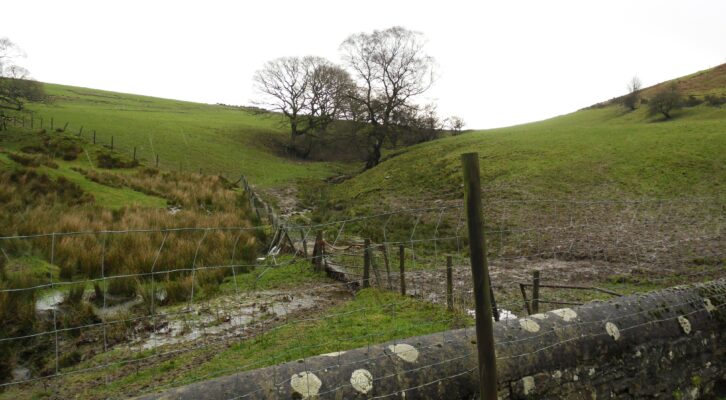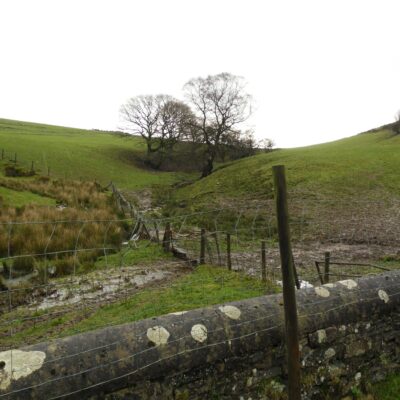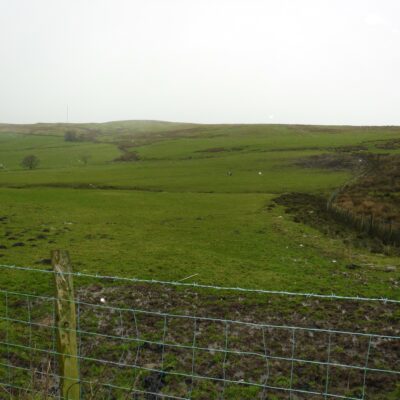Historic Landscape Impact Assessment, Wales
The ASIDOHL 2 methodology is a staged process of quantified assessment developed by NRW to determine the Historic Landscape implications of proposed development. It considers both direct and indirect physical impacts as well as non-physical visual aspects

In Brief
Key Points
- Wind turbine schemes
- ASIDOHL 2 assessments of the potential impact of wind turbine developments on the Gwent Levels Landscape of ‘Outstanding Historic Interest’ and the Gelligaer Common and Mynydd Hiraethog Landscapes of ‘Special Historic Interest’, as designated on the Register of Landscapes of Special Historic Interest in Wales
Summary
NRW instructed the Company to review the ASIDOHL 2 assessments that had been carried out to inform the respective Environmental Statements for each wind farm scheme.
Results
With respect to the Gwent Levels of ‘Outstanding Historic Interest’, the impact of erecting two 100m wind turbines was considered in order to inform a decision as to whether NRW should seek a ‘Call In’. The proposed site was located to the south of the M4 motorway within an area of low-lying pasture extending down to the Severn Estuary, a rich multi-period coastal landscape of national importance designated as being of Outstanding Historic Interest.
Also considered were the proposed Clocaenog Forest and Bedlinog Wind Farm Schemes and their impacts, respectively, on the Registered Historic Landscapes of Mynydd Hiraethog, or Denbigh Moors, at the northern end of the Cambrian Mountains, and Geligaer Common, an upland moor between the Taf and Rhymney valleys in southeast Wales.


